Indoor fibre optic cabinet finds application in protecting critical junctions just before the last mile fiber optic network. They are made of weather-proof, vandalism-proof material and security to provide a safe housing to telecom equipment, fibers, stacks, servers, etc.
An indoor fiber optic cabinet is a piece of equipment used to distribute fiber optic cables within a building or facility. It typically contains a variety of components, including fiber optic splitters, patch panels, and cable management hardware.
The cabinet is designed to provide a secure, controlled environment for fiber optic cables, protecting them from environmental factors such as moisture, dust, and temperature changes. It also provides a central location for network operators to manage and maintain fiber optic connections.
Indoor fiber optic cabinets can vary in size and configuration depending on the specific needs of the network. Some cabinets may be small and designed to handle just a few fiber optic connections, while others may be larger and more complex, with multiple layers of cable management and a greater number of connections.
Overall, an indoor fiber optic distribution cabinet plays an important role in the reliable and efficient distribution of fiber optic connections within a building or facility.
Application:
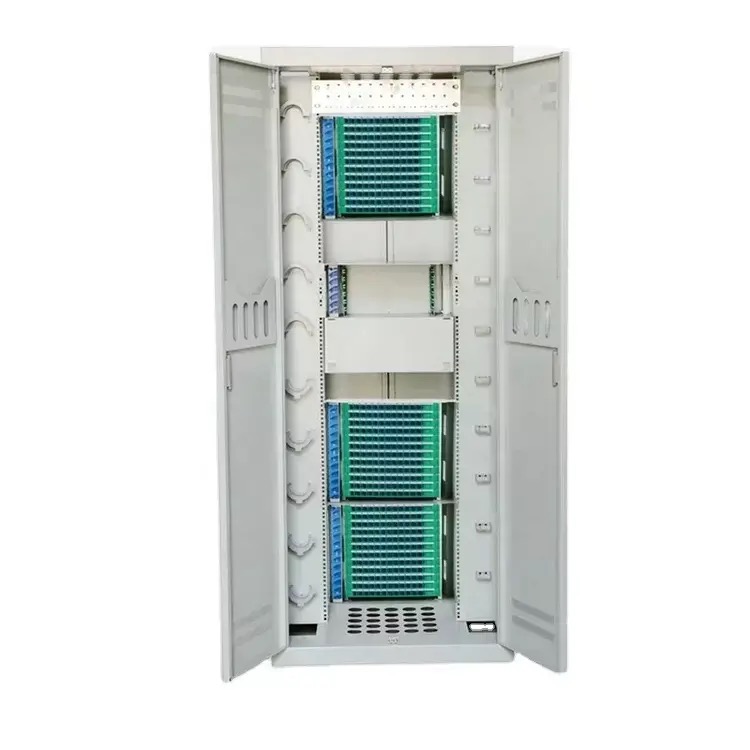

Step 1: You need to choose the integral splicing tray which with 12 fibers or 24 fibers, which can be flexibly installed into the cabinet. Or the 19inch integrated ODF unit which full configured with the splice trays.
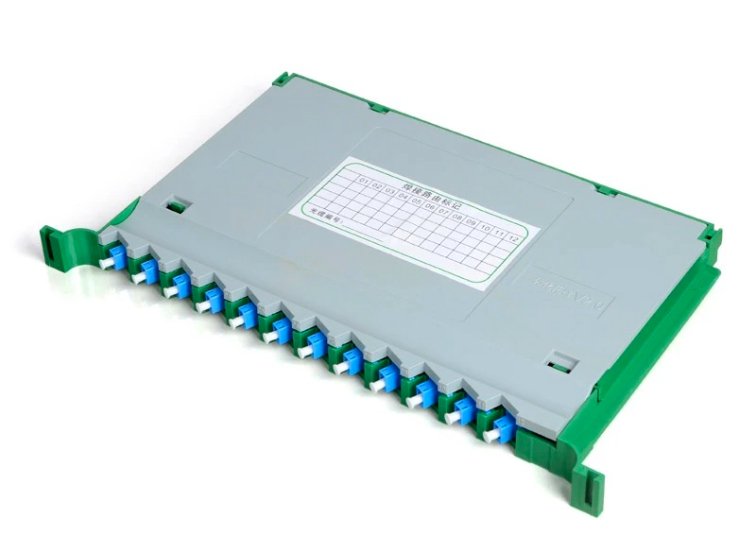
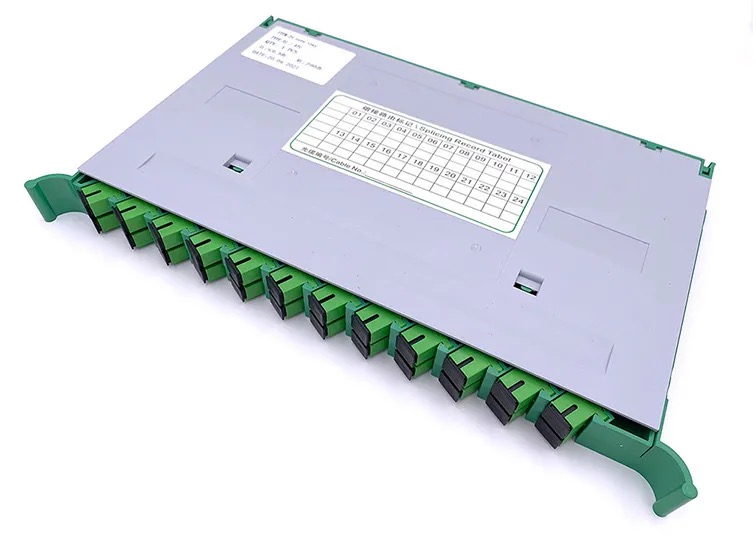

Step 2: Choose the correct connectors for the Splicing Tray, it supports LC/SC/ST/FC adapters which shows below.

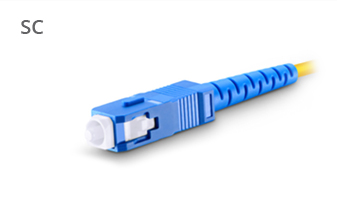
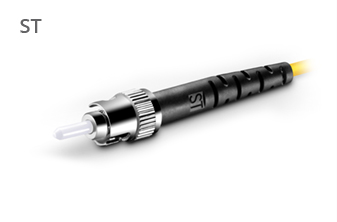

Step 3: Choose the polish type of connectors. There are two types of connector polish, UPC and APC.


Step 4: According to the number of fiber strands, Optic fiber patch cords with connectors can have two types of strands: simplex or duplex.
Choose which type of strands you will need, Simplex or Duplex?
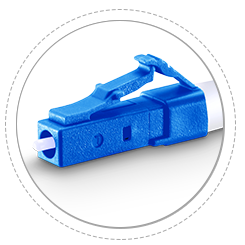
Simplex

Duplex
Step 5: According to the cabinet capacity, you can choose 144 cores, 288 cores, 576 cores, and 720 cores for your requirements.
Easy shop
Professional Seller
Excellent Quality
Global Shipping
Fast Delivery
We will contact you within 1 working day, please pay attention to the email with the suffix “@isp-home.com”.